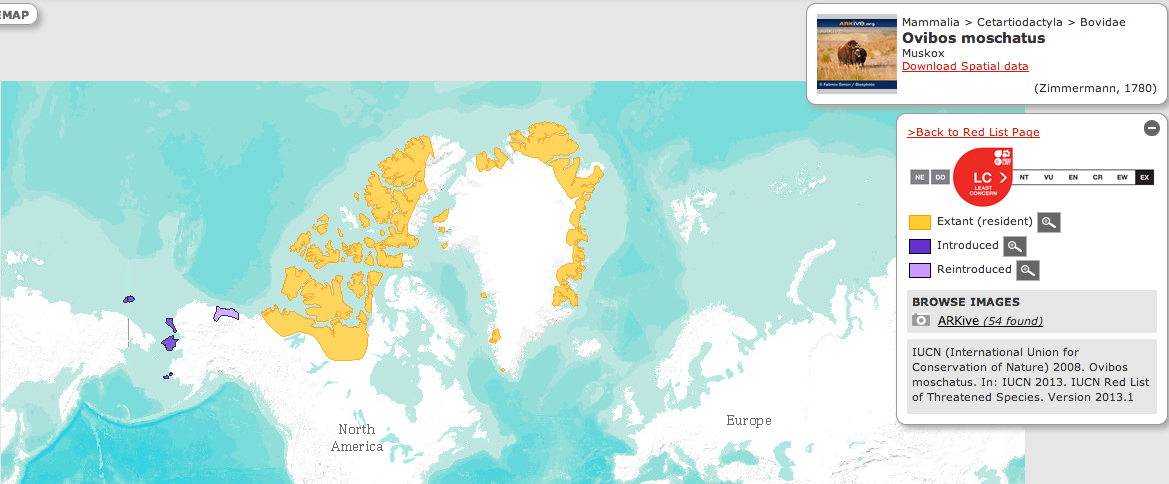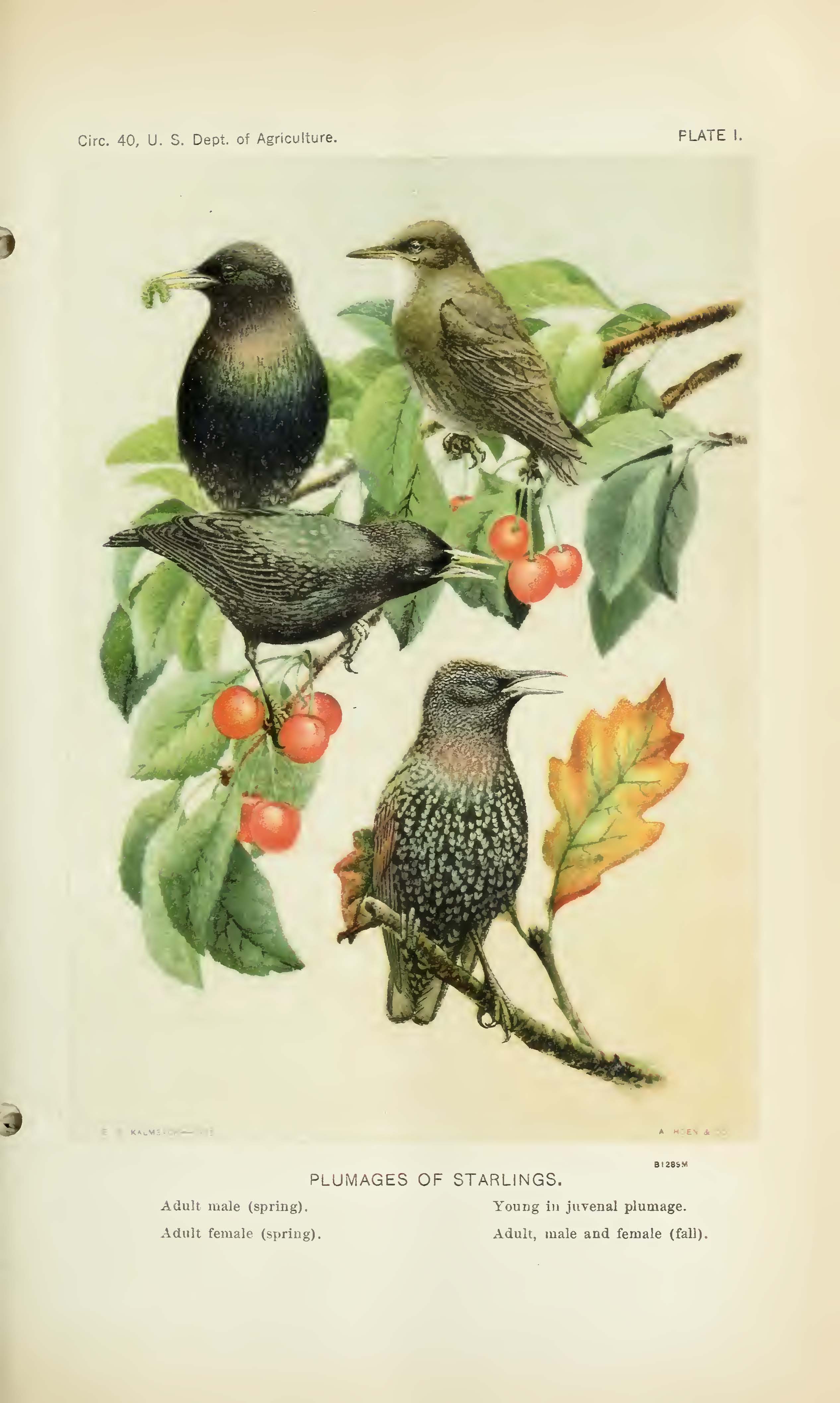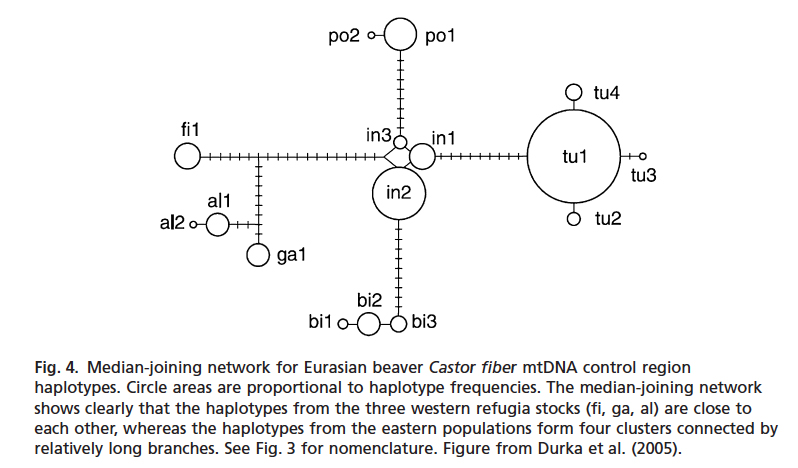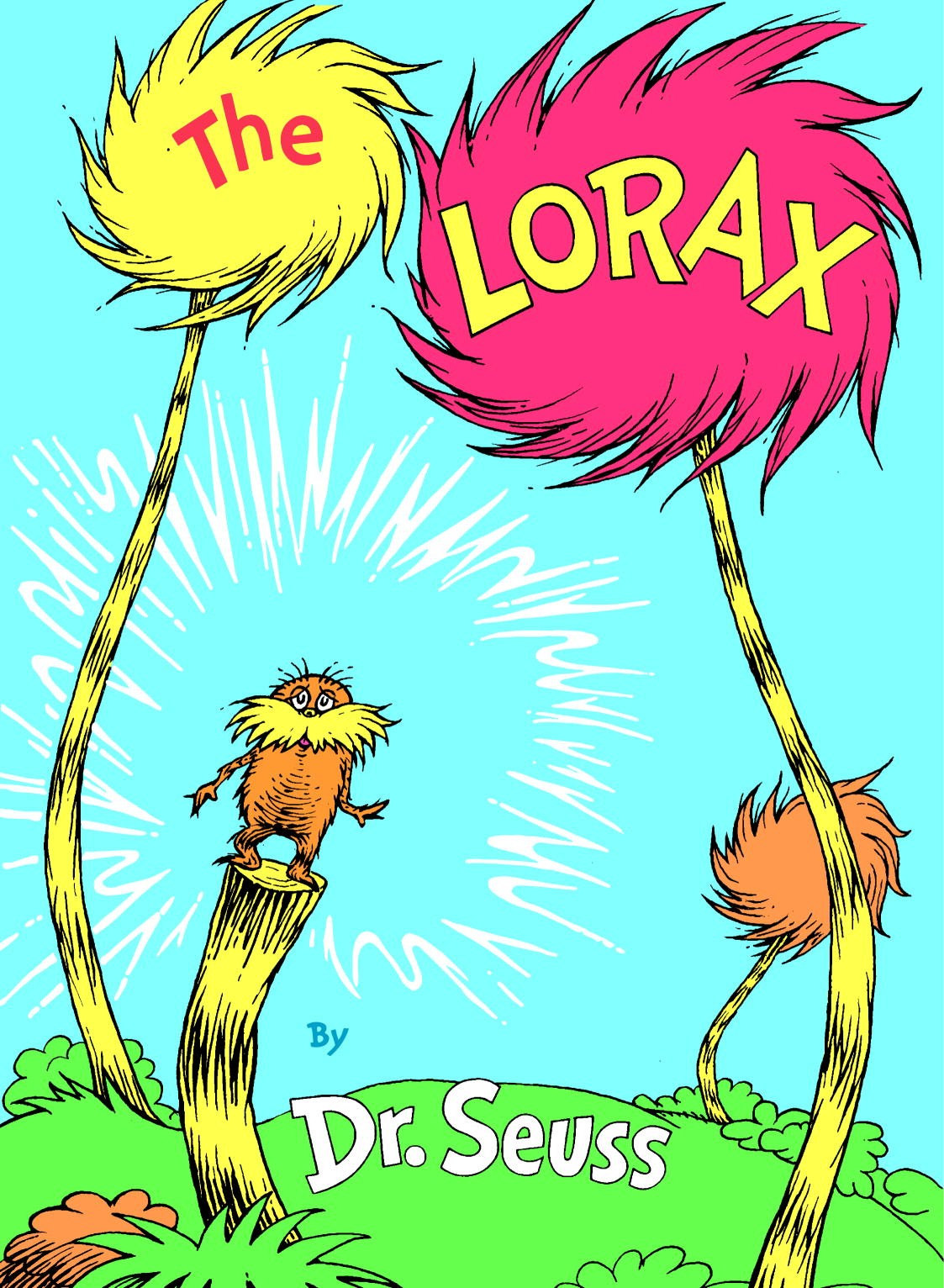
Reintroduction and The Lorax
I am the Lorax. I speak for the trees. / I speak for the trees, for the trees have no tongues.
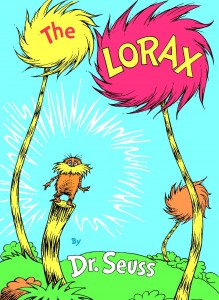
Dr. Seuss’ classic tale The Lorax from 1971 is frequently used in environmental education to stress the ecological benefits of forests (the Truffula trees and their fruits), ill-effects of pollution (those poor Humming-Fish gulping gunk and Swomee-Swans sucking in smogulous smoke), and what can happen if we get too greedy (everyone doesn’t actually need a thneed). Hannes Bergthaller in Nature in Literary and Cultural Studies has argued that The Lorax is an allegory of postmodern ecology: rather than a plea for nature-centered values, the story cannot help but argue in the language of human values. In other words, rather than “Thneeds are what everyone needs”, the story posits that “Truffula trees are what everyone needs.” While these messages may not be picked up by young children — Ian Marshall’s charming story of his 2-year-old thinking the Super-Axe-Hacker is the coolest part is a case in point — and some have complained that teaching environmentalism through books rather than going outdoors diminishes environmental education, The Lorax as environmental tale is a powerful one.
But most of the scholarship on The Lorax fails to read the very last page of the book. On this page, we get to the real crux of the story: The Once-ler gives the boy a Truffula seed, “the last one of all!” And with it, the boy is asked to
Plant a new Truffula. Treat it with care. / Give it clean water. Feed it fresh air. / Grow a forest. Protect it from axes that hack. / Then the Lorax / and all of his friends / may come back.
The final message is about ecological restoration. Although guaranteeing good growing conditions for the trees is vital, the anti-industrial, anti-pollution message of the rest of the book is not in focus at the ending. Rather, here the message is that the way forward is restoration, planting the trees again.
But the restoration proposed by Dr. Seuss is “A build it and they will come” proposition. This type of restoration, labeled by Robert Hilderbrand et al. as the Field of Dreams myth, assumes that if you put the structure of an ecosystem back, all the components will fall into place. In this case, plant the Truffula trees and the Lorax and friends will have a habitat to return to. But as Hilderbrand et al. point out, this may or may not happen, ecosystems may not self-organize in the ways we think they will. So the Lorax and friends may or may not come back.
Dr. Seuss does not suggest that the boy go find the Brown Bar-ba-loots or Swomee-Swans and relocate them to the new Truffula forest, but this might be exactly the response of contemporary conservationists and scientists. I’ve been reading Jon Mooallem’s Wild Ones, which has brought the extent of reintroduction efforts into focus. In Part 3, Mooallem traces the history of efforts to reintroduce the whooping crane to the southeastern US. Operation Migration has been hand-raising chicks and training them to follow people in white suits and their ultralight gliders along their migration route. The project, in operation since 2001, has built up a flock of 100 or so whooping cranes migrating between Wisconsin and Florida. This is an incredibly labor-intensive project with migrations taking months each year.
The whooping crane reintroduction has not adopted the “built it and they will come” mentality, but they may be falling into another of the traps Hilderbrand et al. identified: the Sisyphus Complex. Sisyphus in Greek mythology was doomed to roll a boulder up a hill, which would only roll back down forcing him to start over, for all eternity. Hilderbrand et al. argue that restoration projects that fixate on fixing the symptoms rather than the underlying problems end up in the same place, continually battling a stone that crushes them. Operation Migration faces this kind of uphill battle. Although a southeastern migrating population has been established, chicks born to these migrating parents has been extremely rare, so there is no natural population increase. The only way to keep the birds there is to raise more chicks and train them with an ultralight to fly to their winter home. On top of that, there hasn’t been that much effort put into the major cause of the whooping crane decline – the loss of their wetland habitats.
Mooallem’s tale of the cranes makes me wonder if we are trying too hard, trying to control too much. Would it be better to adopt the Lorax strategy and just plant the trees (or the wetlands in this case) and let the birds find them in their own time? Or in a case related to my own research, would beavers have eventually migrated from Norway to Sweden on their own if appropriate habitats had been made available? Of course, that type of reintroduction takes time and it assumes that the animal or fish or bird can actually find and travel to the habitat, which may not be a simple matter.
In Dr. Seuss’ story, the Lorax claims to not only speak for the trees, but also the animal life. It is the Lorax who sends away Brown Bar-ba-loots to find food, the Swomee-Swans to find clean air, and the Humming-Fish to find clean water. So if at the end of The Lorax, the boy is responsible for planting the trees, he should be responsible for bringing back the wildlife as well. They had been relocated by the Lorax to survive in the face of an industrialized landscape, and would need help to return to the Truffula forest. Perhaps it is not good enough to say “Then the Lorax / and all of his friends / may come back” — we need to make sure that they do.


